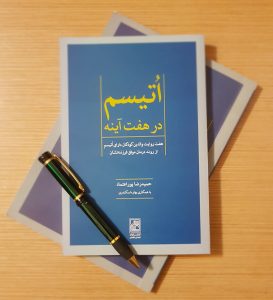Barfi, C. Narges, H. Pouretemad, V. Pourtahmasebi, M. Nouruzi, M. Farahmand, Y. Yahyapour, S. Ghorbani, L. Ghalihi, H. Ofoghi, S. Jazayeri, “Measurement of serum hepatitis B surface antibody (HBs- Ab) levels in Iranian autistic children and evaluation of immunological memory after booster dose injection in comparison with controls” , JOURNAL OF MEDICAL VIROLOGY, Vol.91, pp.1-7, 2019
Abstract
Background: Responsiveness to hepatitis B vaccine among patients with autism spectrum disorders (ASD) has not been evaluated worldwide. We aimed to determine the anti-HBs antibody duration in autistic and healthy children few years after primary vaccination and evaluate their immunological memory against hepatitis B virus (HBV) vaccine with booster dose administration.
Methods: One hundred seven and 147 HBsAg-negative children from ASD and normal population were recruited, respectively. HBV seromarkers (HBc-Ab, HBsAg, and HBs-Ab) were assessed and subsequently, molecular tests were used on all the subjects. A booster dose of vaccine was injected for those who showed low levels (<10 mIU/mL) of anti-HBs and their antibody levels was measured 4 weeks later.
Results: The mean ages of ASD and control groups were 7.14 ± ۲.۴۲ and 8.68 ± ۱.۹۶, respectively. Seven (6.5%) of the ASD group were positive for anti-HBc and one child was positive for occult hepatitis B infection (HBsAg negative, HBV DNA positive). In ASD, 54 (50.4%) and 53 (49.6%) had adequate (>10 mIU/mL) and low anti-HBs levels, respectively. Among control group, 74 (50.4%) and 73 (49.6%) had sufficient and low antibody levels, respectively. After injection of a booster dose for all children with low antibody, 100% of ASD and 92% (59 of 64) of control pupils contained >10 mIU/mL of antibody, respectively. In both the groups, the HBs-Ab titer increased similarly in response to the booster injection (P < 0.05).
Conclusion: Despite previous investigations regarding immune impairment in individuals with autism, the immune system of these individuals was able to manage the hepatitis B vaccine challenge.

